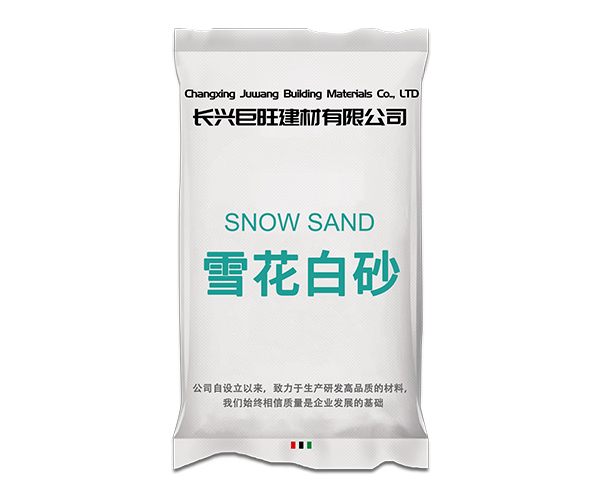Snow white sand It is a colorless transparent quartz. In ancient times, it was also called amethyst, meaning white ice. They firmly believe that quartz is ice that has been used for a long time. Snow white sand It is a kind of pre pressed clastic rock, and the content of quartz debris exceeds 95%. It originates from various skarns, sedimentary rocks and quartz slate. Snow white sandy There are few heavy minerals, and the associated minerals are marble, biotite and clay minerals.
However, pottery is a new type of high temperature resistant material. It has the advantages of poor heat transfer, small expansion coefficient, heat resistance, good thermal stability and low cost. It has been widely used in metallurgy, building materials, chemical industry, national defense, scientific research and other departments. Quartz sand It is one of the main components of pottery and plays an important role in ceramic body and glaze. It mainly has the following effects. Let's look down:
Function of snow white sand in porcelain body:

1. It has an important effect on the temperature rise of ceramic body at room temperature. Before combustion, snowflake white sand regulates the ductility of slurry in the embryo. It can also reduce the shrinkage in the drying process, reduce the drying time, and prevent the deformation of the green body (including deformation and sedimentation);
2. During the combustion process, due to the temperature rise and expansion, the combustion and shrinkage of the embryo are properly canceled; In addition, when a large amount of glass appears, the snow-white sand becomes the framework of pottery, which can prevent the green body from bending and deformation during combustion;
3. At high temperature, the chemical affinity is strong, and it can fuse with other oxides. At high temperature, the liquid viscosity is high, and the bonding ability of green body is improved;
4. Improve the fracture toughness and clarity of green body.



